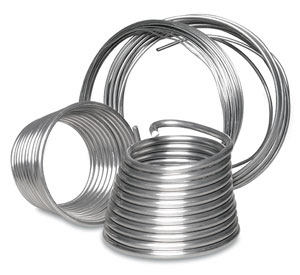My kids and I recently went fishing and while my youngest was unable to catch fish, he did manage to find a beer bottle covered in barnacles (he’s six btw). I can already feel the “deer in the headlights look” as you are probably staring at the screen wondering what in the world does a barnacle covered beer bottle have to do with sculpting. Well, while most people probably would have discarded the bottle, I on the other hand was drawn to it.
Most of the reference material that I use when I sculpt is a collection of the different images that float around the web. In most cases this works out pretty well for me. At times it takes hours and even days of research but for the most part I seem to find enough reference from Google Images to allow me to work out the forms and details on my artwork.
Read the rest of this entry »













